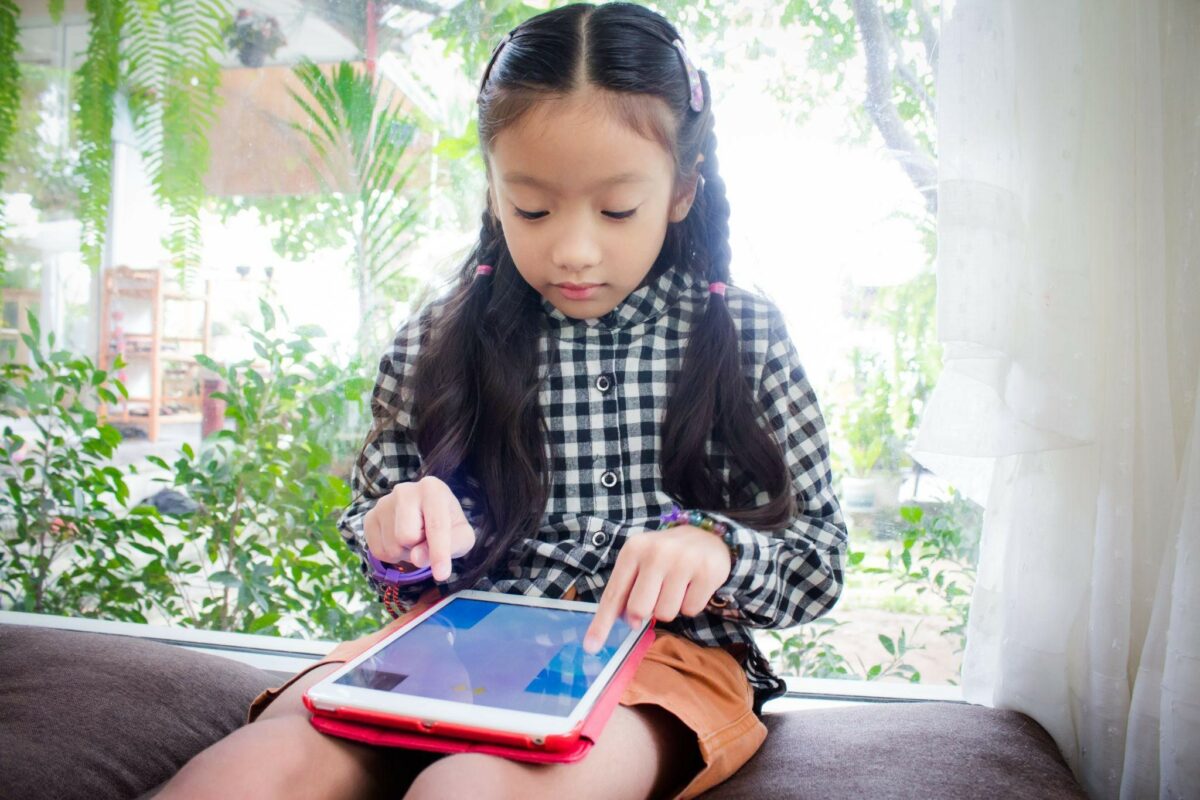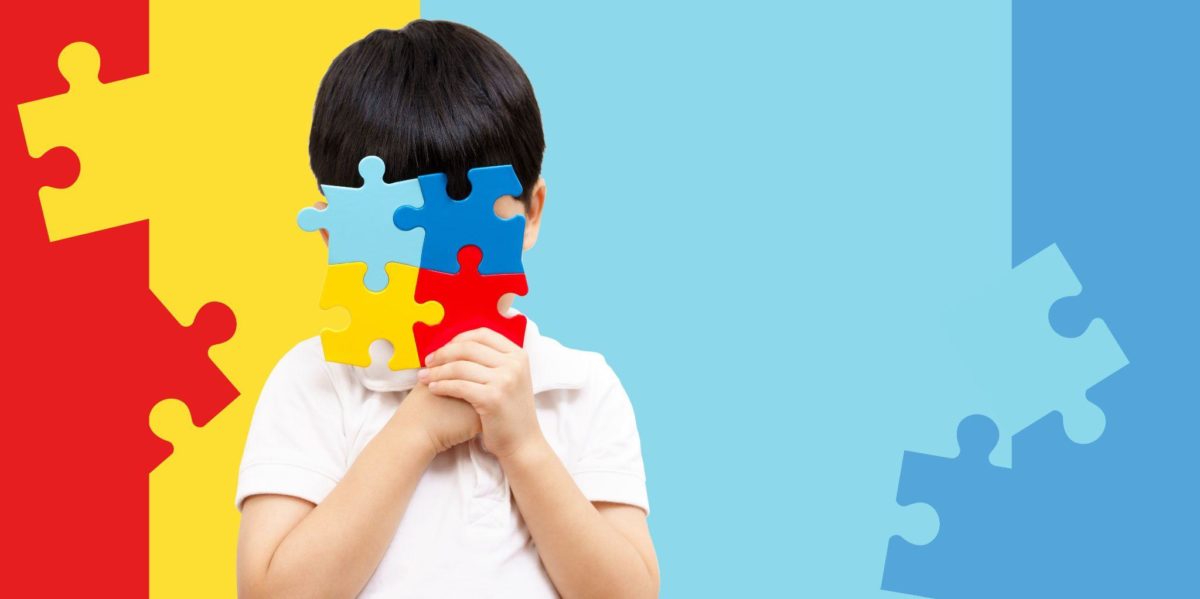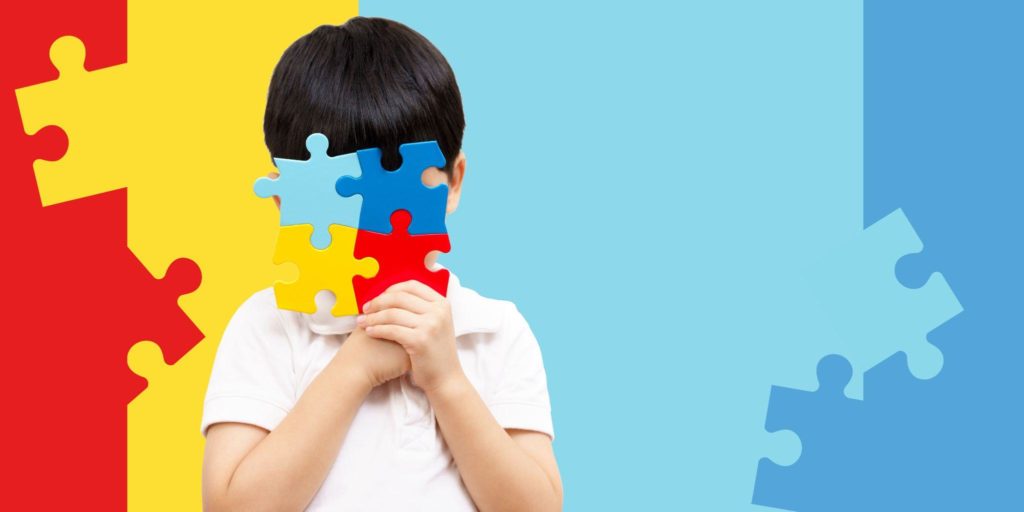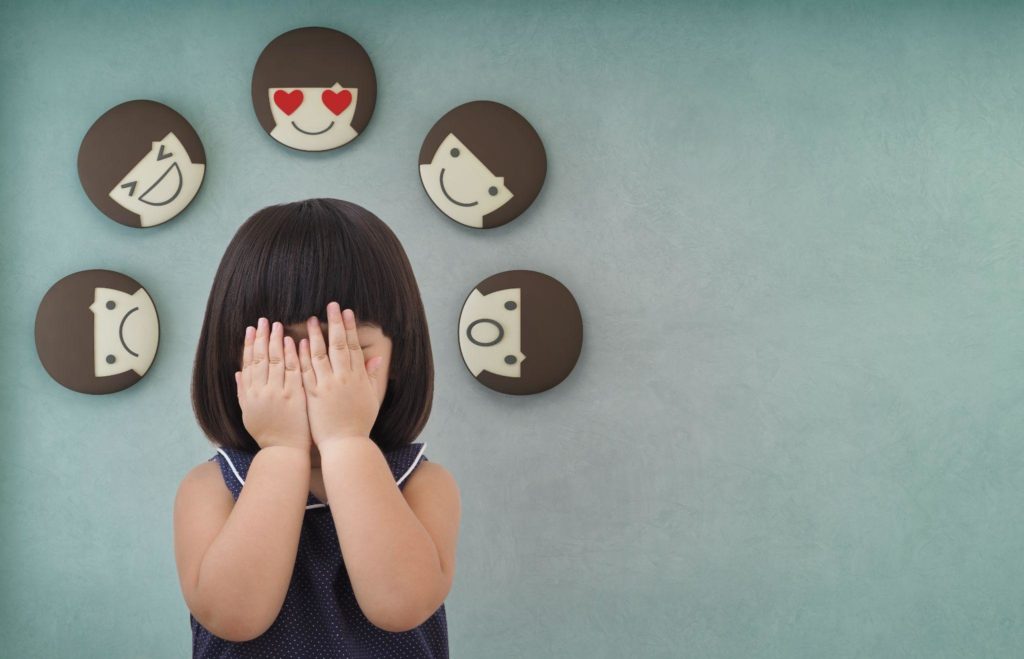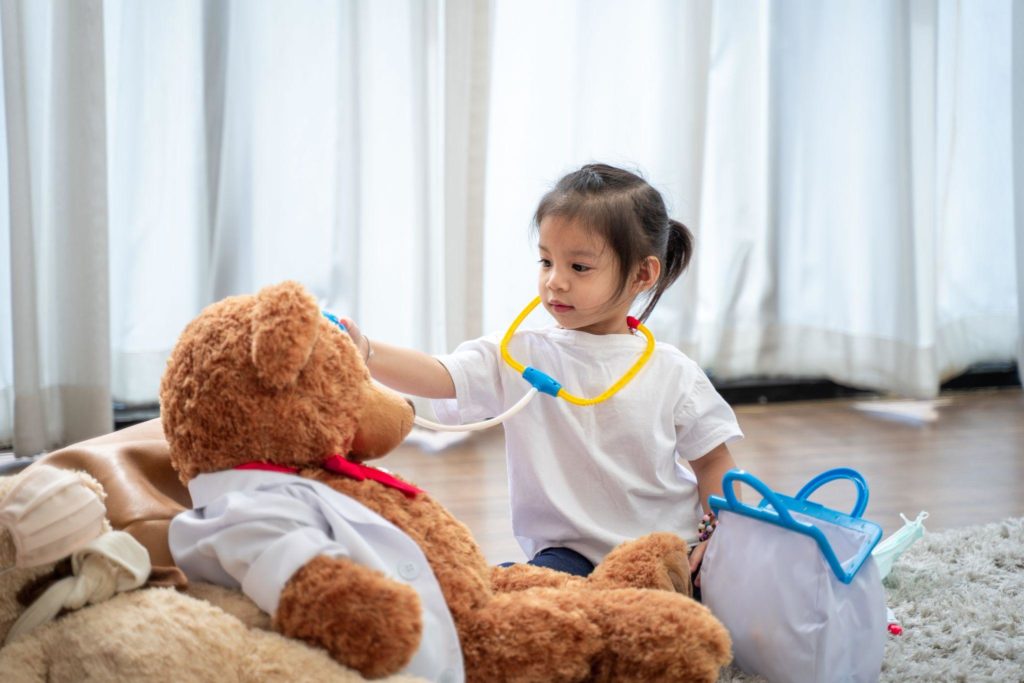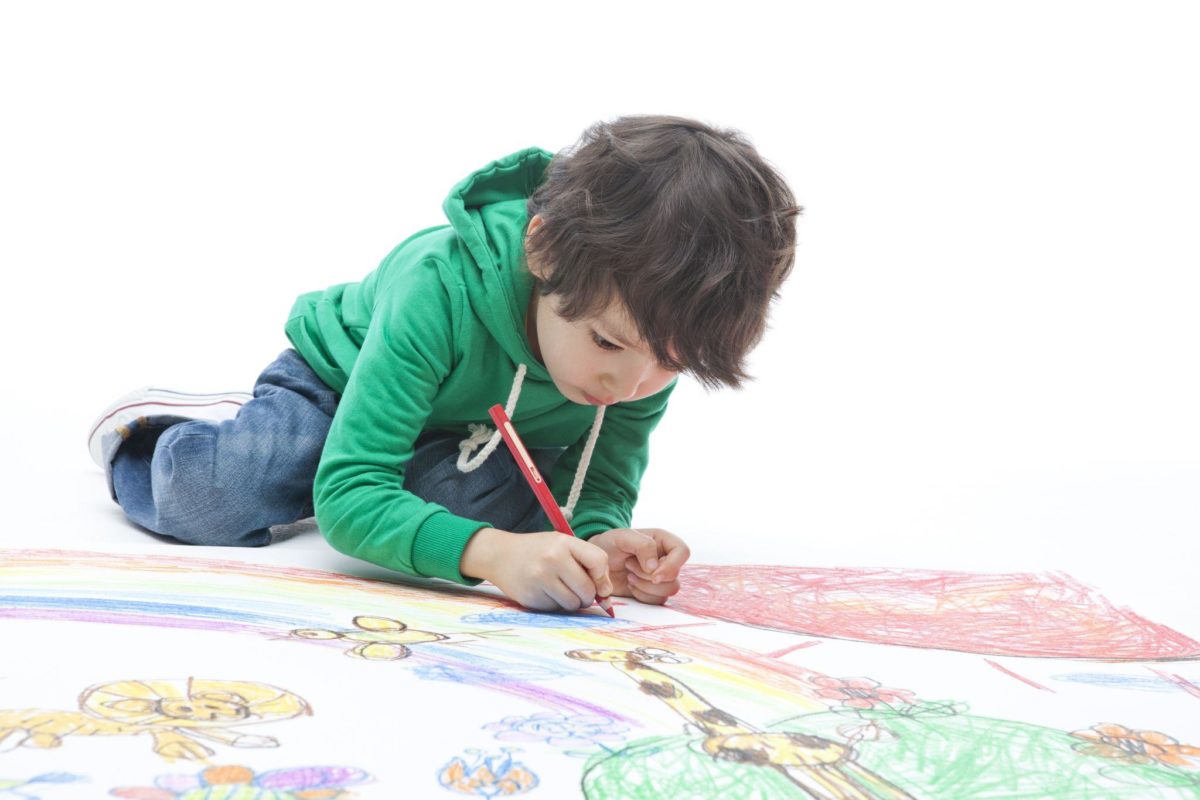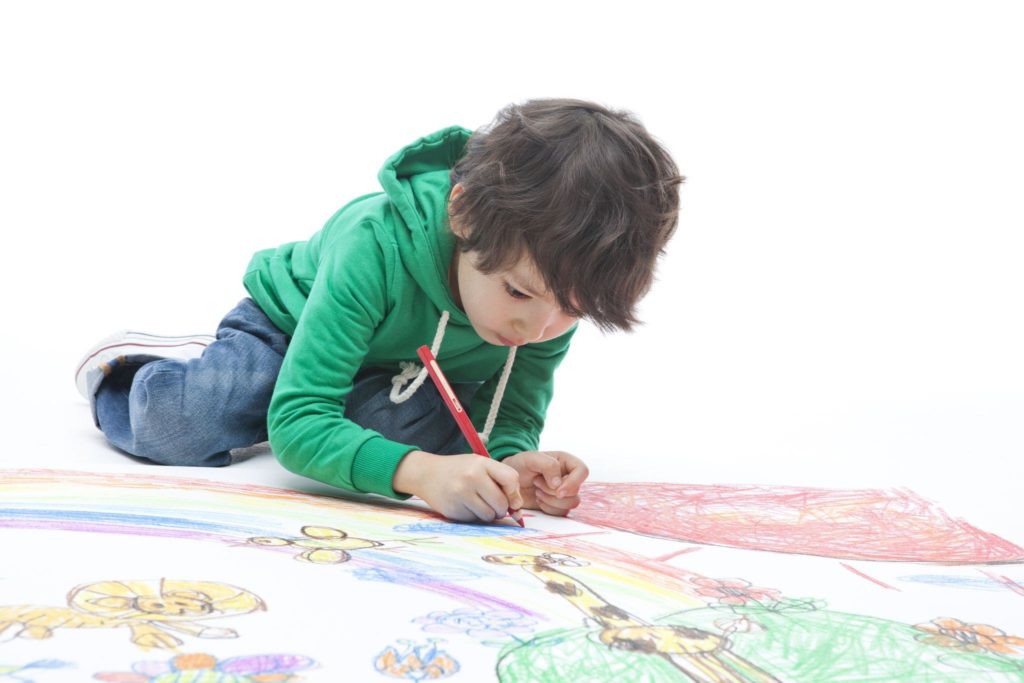system
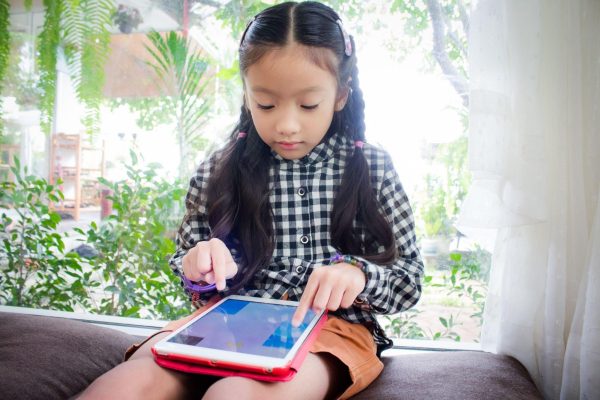
Written by: Director of Program Development, Carmen Leung
There is a wide range of teaching animations or online children’s programs for parents to choose from, but many parents ask: “Are these animations and applications good or bad for children’s learning? There are some points to note when using multimedia electronic products for children’s learning, including the age of children and remembering not to rely solely on electronic learning modes. Now let me go on to explain the other points that should be noted.
How to choose the right multimedia electronic learning product?
- It is best if the product does not have non-learning components that children can download or open on their own. For example, if a child is learning on an iPhone or iPad, parents should never let the child open other programs to ensure that the child is learning and not having fun.
- Learning products with segments or sections can be used. Many parents say that their children have a tendency to react badly when they are asked to stop using electronic products. Therefore, I suggest that products should have an interactive element and require children to respond in different ways.
- Products should have an interactive element and require children to respond in different ways. A multimedia product is not a good product if it only provides a one-way teaching model. For example, a product that only allows children to sit and listen to information, or to watch and not respond to it, is called “one-way learning” and should be avoided. Products that allow children to sing together, do actions together, string words together, and read aloud and answer questions are the products to choose.
- For example, there are some products that allow children to respond, but the answers are of the same nature every time, for example, they have to press a button to answer each time, so children’s responses will be slower and they will become “robotic” learners, which will affect their motivation to learn and their ability to think from multiple perspectives in the future.

Time to use electronic devices
Children should not use electronic devices for too long period of time for learning, and parents should set a daily or weekly time limit for their children to use electronic devices. For example, children can only use the computer for a maximum of half an hour after homework each day. If the half hour is up, the child must keep the promise and stop using the product. Parents can also work with their children to set a daily schedule, allocating time for homework, fun, hobby classes and electronic devices, so that children understand that everything needs to be planned and restrained. This not only can train children’s self-management skills (Self Management), but also can effectively limit the use of electronic products time.
Reward the use of electronic devices
If a child enjoys learning with electronics (and often does), parents can consider rewarding them with the use of the product, for example, by promising them 30 minutes of electronics each time they finish a meal within half an hour, or each time they finish a lesson with quality.

